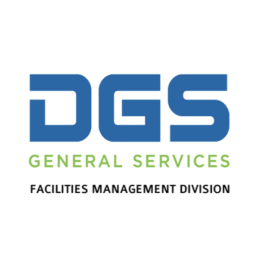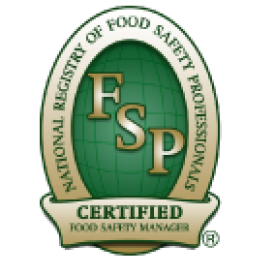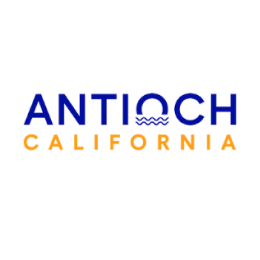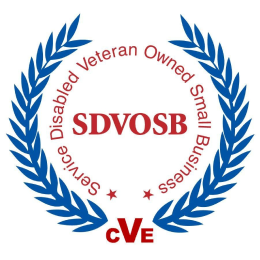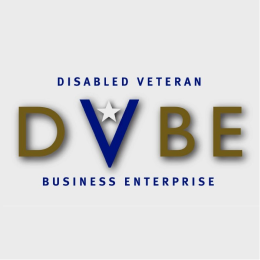In March 2025, over 212,000 pounds of liquid egg products were pulled off shelves in a nationwide recall that rattled both consumers and industry professionals alike. The culprit? Sodium hypochlorite, a chemical more commonly found in bleach than in your breakfast. Distributed by Cargill Kitchen Solutions, the recalled products included household names like Egg Beaters and Bob Evans—brands many families trust and use regularly.
This recall wasn’t just a blip on the radar. It was a wake-up call. Because when a product as basic as liquid eggs—an everyday staple—can be tainted with a cleaning agent, it begs the question: How safe is the food we’re really eating?
What Actually Happened?
According to reports, sodium hypochlorite made its way into the product during the production process, potentially due to a sanitation misstep or cross-contamination during cleaning procedures. While the chemical is used to disinfect food processing equipment, it should never end up in the final product. The contaminated eggs were distributed nationwide before the issue was detected, prompting an urgent recall and advising consumers to either return or destroy the affected items.

Thankfully, no illnesses were reported, but the situation could have taken a dangerous turn. Sodium hypochlorite ingestion can cause throat irritation, vomiting, and even more severe health complications depending on exposure levels.
Why This Matters More Than You Think
Recalls like this one aren’t isolated incidents. They’re symptomatic of deeper issues within the food supply chain—especially when it comes to hygiene practices, staff training, and oversight.
Let’s break it down:
- Eggs are already a high-risk food prone to contamination like Salmonella if mishandled.
- Liquid eggs, because they are pasteurized and pre-cracked, rely heavily on airtight production protocols to remain safe.
- Introducing a chemical disinfectant into the mix reveals cracks in those protocols—whether it was a rushed cleaning job, human error, or a lack of proper safety verification.
The bigger issue? Many companies are still undertrained or uninformed when it comes to managing these risks effectively. And consumers rarely know how close they are to a foodborne illness risk until it hits the headlines.
What Can Be Done?
Simple: Make food safety non-negotiable.
This means companies need to:
- Invest in proper food safety training for all staff.
- Enforce cleaning and sanitization protocols that include clear verification steps.
- Use risk-based thinking in their food safety plans—not just compliance checklists.
And for consumers, it means being informed and alert. Knowing how to read recall alerts, understanding what to do when one happens, and learning how to handle high-risk foods safely at home is just as important.
The Bigger Picture: Why Food Safety Is Everyone’s Business
Food safety isn’t just about preventing a stomachache—it’s about protecting lives, businesses, and public trust. One contamination slip-up can lead to hospitalizations, lawsuits, brand damage, or worse. And as our food systems grow more complex, the risks multiply.
That’s why we created the Food Safety Mastery Course—a step-by-step program designed to empower food professionals, entrepreneurs, and even curious consumers with real-world food safety skills. We’re not talking textbook theory—we’re talking about practical, preventative, and proactive strategies to keep your food (and your brand) safe.
The liquid egg recall was a warning shot. Will the next one involve something on your shelves?
Join the waitlist for our Food Safety Mastery Course today Because safe food isn't a luxury—it's a responsibility.

